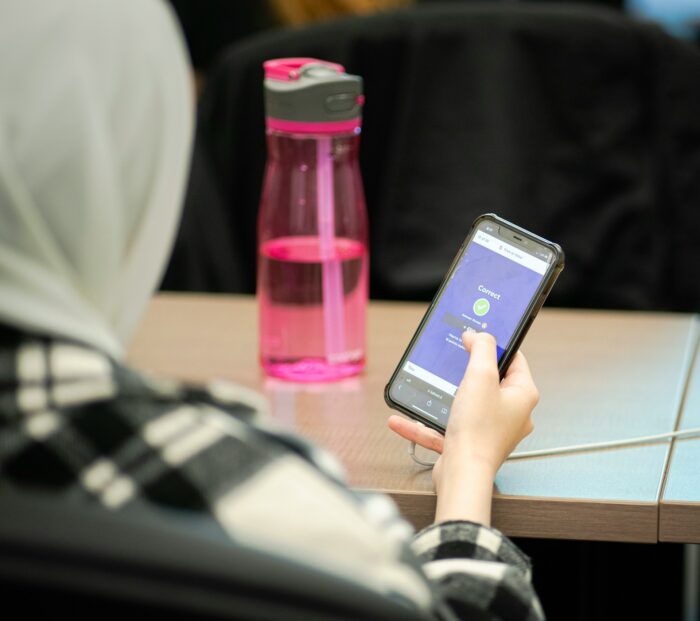It is undeniable. Cell phones are becoming fixtures in classrooms and educators have yet to reach an agreement on how best to cope with them. Most schools have chosen to ban the devices outright. This is due to the belief that they disrupt students’ learning. However, an article by The Star explores how some schools are trying to use technology, including cell phones, to their advantage.

Photo by John Smith on Unsplash.
Students are using cell phones more than ever
A recent survey asked 4,000 high school students about how they use cell phones in the classroom. Of the respondents, 79.3% said that they own one and 88.4% of the students surveyed said that the devices were banned in their classrooms.
Despite the ban, 87.1% of students say they have sent a text during class and 90.7% said that they have seen peers sending texts. In addition, 64.2% of participants said that they have seen classmates using Facebook during lessons.
How are schools responding?
As more and more students are using their cell phones in schools, teachers must make the decision: to ban or not to ban? While most schools still have bans in place, some have chosen a more permissive approach.
The largest school board in Canada has lifted its 4 year ban on cell phones. Now, teachers decide what policy works best for their classroom. One school board in Quebec has even adopted the opposite extreme. Rather than banning them, the Eastern Townships School Board has given each student, from grade 5 and up, a tablet, iPad, or Chromebook. Students are expected to use these devices both in school and at home to complete homework assignments and to assist with their learning experience.
While this may seem counterintuitive for some, research has shown that as long as educators have rules in place, technology can have a beneficial effect in classrooms.
Categorised in: Uncategorized
This post was written by Rebecca Vermette
